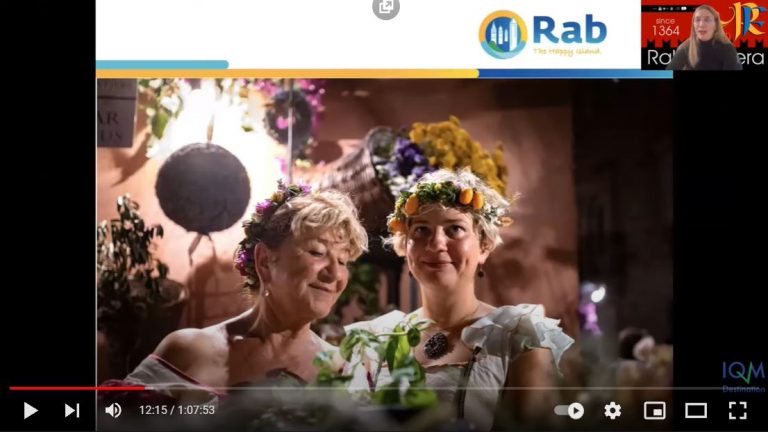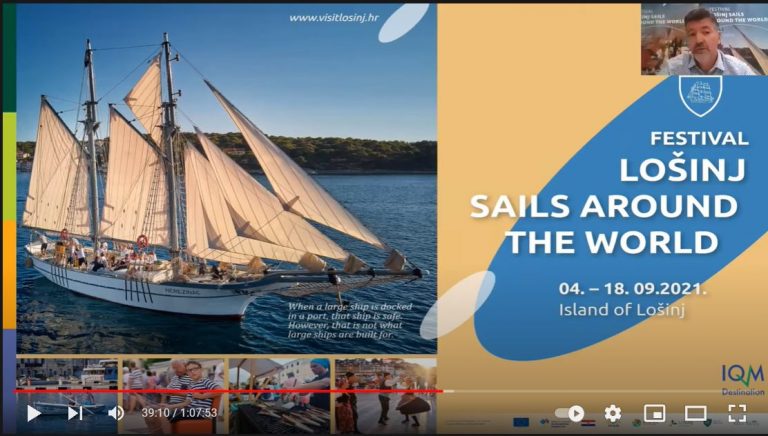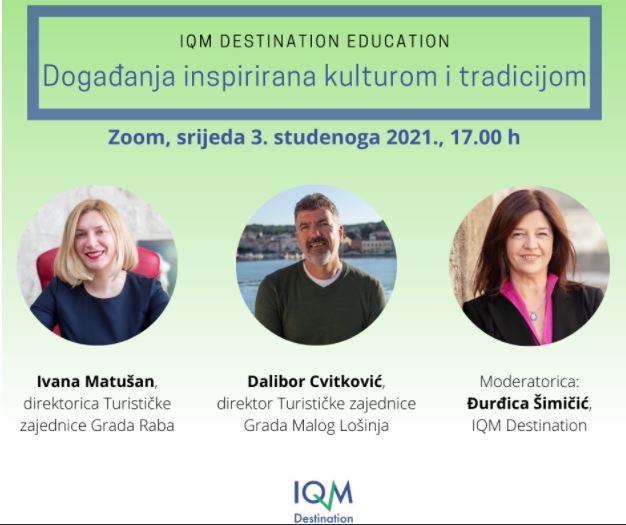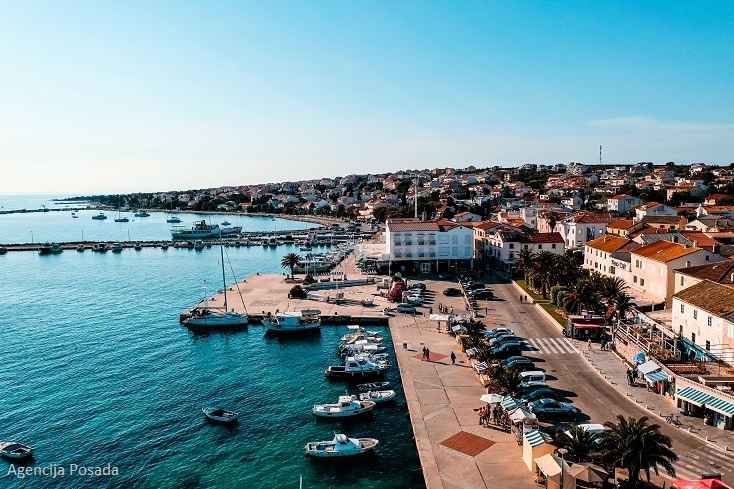What needs to be done to organize tourism events inspired by culture and tradition, and in what ways can we enrich our tourism offerings and destinations?
At the IQM Destination training on the topic of Events Inspired by Culture and Tradition, moderated by Đurđica Šimičić, the director of the Rab City Tourist Board, Ivana Matušan, spoke about the Rabska Fjera project, and the director of the Mali Lošinj City Tourist Board, Dalibor Cvitković, spoke about the Lošinj Sails Around the World project.
Rabska Fjera is the first and largest medieval summer festival, lasting three days, which has been held for 20 consecutive years in July. The Croatian National Tourist Board is the general patron, and for many years it has been a TOP event. It includes approximately 700 costumed participants and around 110 workshops, and attracts about 30,000 visitors. The project is funded by the City of Rab, the Rab Public Open University, the Rab City Tourist Board, and sponsors.

The main program of Fjera consists of demonstrations of medieval crafts in workshops, playing knightly games, and other content that can fit into such a festival and aligns with its statutes. The venue for Fjera is the historic core of Rab, primarily the area of its oldest site—Kaldanac. A whole series of associations, clubs, and institutions participate in the project.
Fjera is prepared and organized by three institutions: the City of Rab, the Rab Public Open University, and the Rab City Tourist Board. The Executive Board of Fjera functions and meets throughout the year. Work on Fjera lasts 365 days a year, but intensifies in the two months leading up to the event itself.
There are some challenges in organizing it; for example, a large number of associations, clubs, and institutions participate in creating the unique Rabska Fjera project, and it is very important to communicate with them in a timely and unambiguous manner so that ultimately the project is successful and of high quality. This is accomplished through coordination meetings with the leaders of the workshops.
It is particularly important—and at the same time challenging—to set up the workshops in the city core during the peak season, in addition to daily obligations. When it comes to logistical challenges, the greatest pressure is on the municipal company Dundovo, because they are responsible for delivering all materials, helping to assemble the stalls, decorating the city core with flowers, wreaths, and flags, removing garbage, and cleaning the city core throughout the day and night.
During this period, the city core functions around the clock because the City of Rab grants extended working hours to all service providers (24 hours a day).
In comparison to Rabska Fjera, the Lošinj Sails Around the World event has no historical significance attached to its date; September was chosen to extend the tourist season. The festival renews the maritime and shipbuilding tradition of the island of Lošinj.

The project began with research into maritime heritage, families, points of interest, and shipping routes. The first festival was held in 2017. It always starts on the first Saturday in September and lasts two weeks, or three weekends. About 50 volunteers, approximately 250 participants, and 10,000 visitors take part. The festival is dedicated to the sea, people, and ships.
At the festival there are many workshops on net weaving, sailor’s knots, souvenir making, and sailing school. The goal of the festival is to present old crafts and show young people how things used to be done, perhaps sparking an interest so they will carry on that tradition. The festival also has a gastronomic component: during the festival, Lošinj restaurateurs participate in creating a unique experience by devising creative menus that they offer for the duration of Lošinj Sails Around the World.






